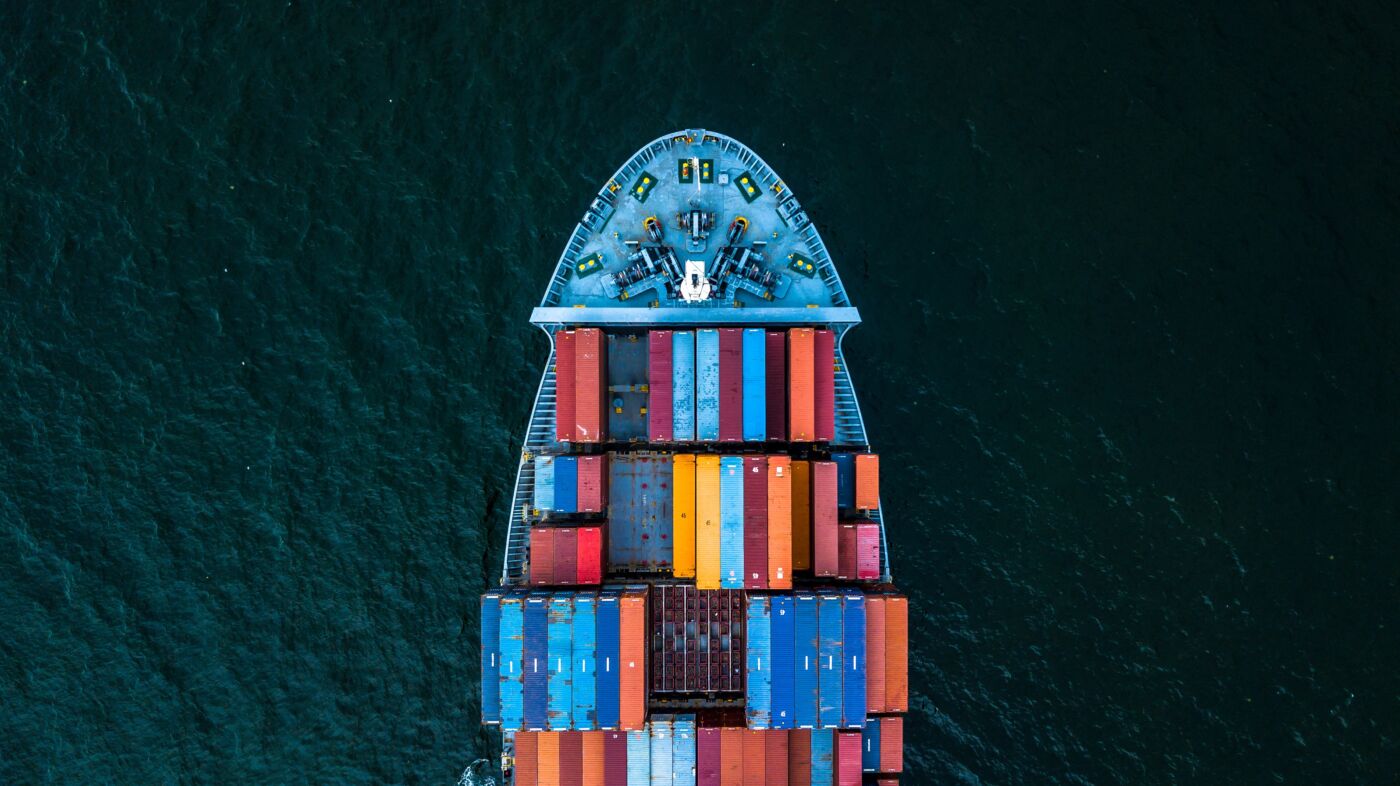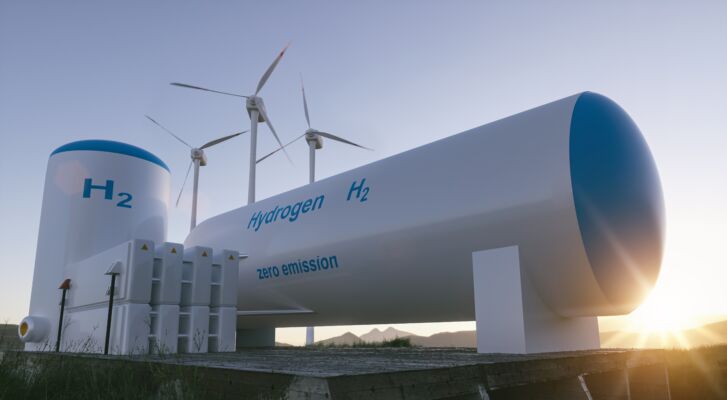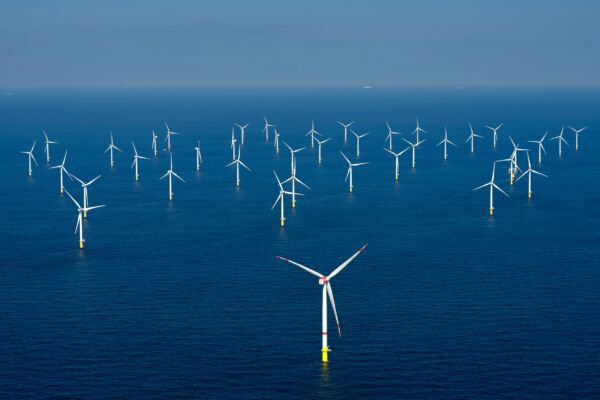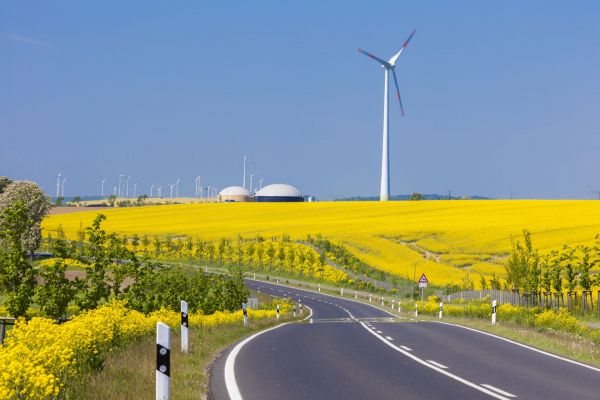Here on the Wind Farm Management blog, we have discussed the burgeoning potential of green hydrogen (H2) as a potential energy storage solution. It involves using electrolysis to convert power from renewable sources into H2, which can be stored and transported in large tanks. Yet, as you will discover, this process can be extended to create green ammonia without emitting any carbon dioxide (CO2).
Innovative but energy-intensive
Ammonia (NH3) production is traditionally based on synthesis gas, which is usually obtained either by gasification of plants biomass or waste products. More than 235 million metric tons of NH3 are produced worldwide each year. Some of this is used in the production of plastics and synthetic fibers, but it is primarily used as a fertilizer in the agricultural industry.
The Haber-Bosch process combines temperatures around 500° C and a pressure of up to 20 MPa to create the chemical compound. Although this process is technologically advanced, it also consumes a great deal of energy. The consumption of ammonia synthesis amounted to two percent of the world’s total energy production in 2018, significantly higher than that of any other industrial chemical reaction.
However, the environmentally damaging circumstances are naturally alleviated when green electricity is used for production instead of natural gas.
The future is green (ammonia)
Power-to-X processes make use of electrolyzers to convert electricity from wind or solar energy into green hydrogen. This is then used to produce ammonia and, as neither production or usage generates CO2, the process is climate-neutral. Although further processing to NH3 requires more energy than simply converting it to H2, ammonia has several advantages over hydrogen.
Both substances have to be liquefied for transport, but this happens much faster with NH3. It condenses at -33° C, whereas H2 would not turn to liquid until exposed to temperatures of -253° C. Since the energy density of ammonia is higher in relation to its volume, it also requires less space in storage. Ammonia is also more suitable for storage because less pressure is required. It can be stored in larger, thinner, and less expensive metal containers and the risk of it escaping during transport is much lower.
Not only the wind industry will benefit
The shipping industry is particularly interested in the development of green ammonia, because the substance is combustible and could replace heavy fuel oil or marine diesel as a fuel in the future. Thanks to Power-to-X technology, NH3 is not only climate-neutral during production, but also during combustion. That means that instead of releasing sulfur or nitrogen oxides (as well as soot and particulate matter), the ammonia, once consumed, becomes water vapor and pure nitrogen, the main components of the earth’s atmosphere. If heavy oil is progressively phased out as a fuel, the likelihood of accidents during storage will also decrease. After all, if oil gets into the waters, it not only pollutes the sea but also poses a threat to the marine life. Green ammonia-based fuel, on the other hand, evaporates by itself and is easily microbially degraded.
A change is going to come
Currently, there are few ships designed to run on green fuel. They are also still too expensive to manufacture and cannot compete with fossil fuel-based production at present. But change looks to be on the horizon, with major shipping and logistics companies becoming actively involved in the further development of green ammonia.
Currently, the world’s largest Power-to-X facility for green ammonia is being planned in Esbjerg, Denmark, financed by big players in the shipping industry and others. The investors expect to reduce CO2 emissions by about 1.5 million tons per year; that would have the same effect as taking 730,000 cars permanently off the road. Construction of the plant will also increase demand for wind energy, as offshore wind farms on the west coast of Denmark will be used to generate the power. This development could soon be seen worldwide as the profitability of green ammonia increases – thus indirectly giving wind energy a boost.



